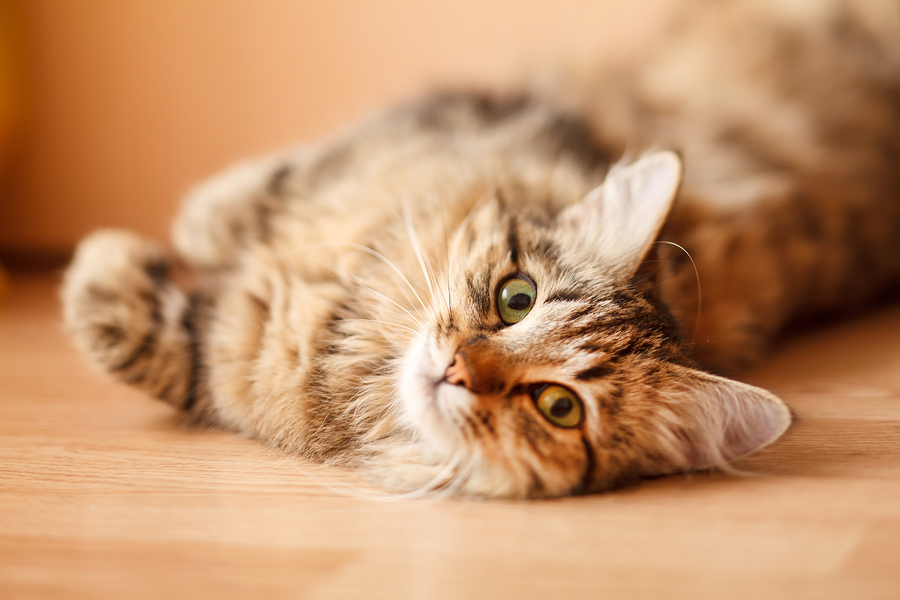Nothing is scarier than hearing your pet has a mass in her organs. Fortunately, this reader’s cat most likely has a benign cyst!
Q: My 8-year-old cat has been diagnosed with a biliary cyst. Can you tell me anything about this condition?
A: That’s an interesting question. A biliary cyst is a large, fluid-filled growth on the bile duct system of the liver. It’s the most common type of liver mass seen in cats, but the incidence isn’t very high — about 5.5 percent. Biliary cysts usually affect senior cats older than 10 years.
Cats with biliary cysts may have a decreased appetite and lose weight. If the mass is large enough — some can be the size of a softball — it may put pressure on the stomach and cause discomfort. The condition is usually diagnosed with an abdominal ultrasound exam.
The good news is that the cysts are benign and don’t spread elsewhere in the body. The bad news is that they often require surgical removal, the sooner the better. Fortunately, they don’t typically invade the liver, so the surgery tends to be uncomplicated.
One potential risk, though, is excessive bleeding, which sometimes occurs when tumors are removed from the liver. Another is if cats refuse to eat after surgery, especially if those cats are overweight. It might seem like a good way for the cat to lose some weight, but lack of appetite is downright dangerous for fat cats because it puts them at risk for a serious condition called hepatic lipidosis. These cats may need to have a feeding tube placed to make sure they take in enough nutrition until they recover.
Generally, the prognosis is good for cats with biliary cysts. Once the mass is removed, it usually doesn’t return quickly. Depending on location and whether a cat has complications, the cost of surgery and aftercare can approach $6,000, but a good pet health insurance policy will cover most of the expense.
Read more, including about the growing problem of heartworm preventive resistance, in this week’s Pet Connection!


